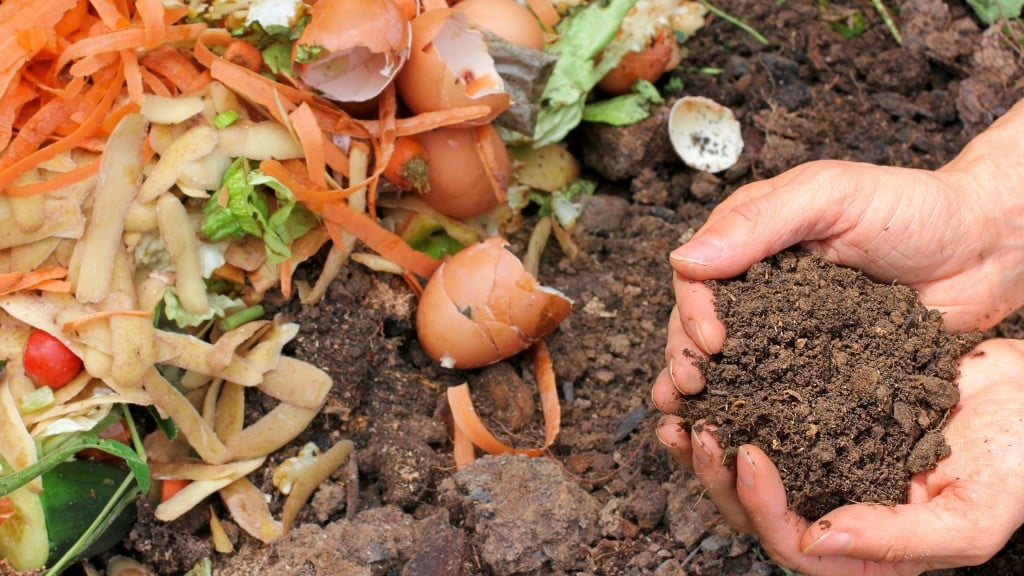U.S. grocer opens State-of-the-Art Green Energy Facility to deal with waste
Stop & Shop to convert 95 tons/day of inedible food into 1.25 megawatts of clean electricity

The Stop & Shop Supermarket Company LLC celebrated the opening of its Green Energy Facility in Freetown, Mass. on April 15, just in time for Earth Day. The innovative facility will convert inedible food from its Stop & Shop New England stores into energy that will help power the company's distribution center in Freetown.
The Stop & Shop Green Energy Facility is expected to process an average of 95 tons of inedible food per day, an estimated 34,000 tons per year. As the food breaks down, it produces gas that fuels a generator that, in turn, generates electricity. The energy produced by the 12,000-square-foot facility will provide up to 40 percent of the 1.1 million square-foot Freetown distribution center's energy needs, enough power to operate the facility for four months out of the year. Once fully operational, the Facility will create approximately 1.25 megawatts of clean electricity.
"As a responsible retailer, one of our top priorities is reducing our environmental footprint, specifically through the conversion of food that would otherwise go into a landfill," said Mark McGowan, President, Stop & Shop New England Division. "As part of doing business, our stores generate inedible food that cannot be donated. This inedible food will now be sent to our Green Energy Facility where it will be converted into clean energy and used as a power source for our distribution facility."
212 Stop & Shop New England Stores Power the Green Energy Facility
The Green Energy Facility houses an anaerobic digester, which uses innovative technology to turn organic material into sustainable power. Inedible food products from all of Stop & Shop New England's 212 stores that cannot be sold or donated to regional food banks or local farms is transported to the Green Energy Facility. Then, by recreating the naturally-occurring process of anaerobic digestion, carbon in the organic material is converted into a biogas and used as a power source. The process is carried out in a contained, oxygen-free area, which does not produce any odors.
The Green Energy Facility was created and is operated by Divert, Inc., a Massachusetts-based technology company devoted to creating a waste-free retail industry. A $400,000 grant was provided by the Massachusetts Clean Energy Center for the creation of the facility.
"Stop & Shop and its parent company, Ahold USA, are committed to energy efficiency and environmental stewardship, with a goal to achieve zero waste companywide by 2020, "said Marissa Nelson, Senior Vice President, Responsible Retailing and Healthy Living, Ahold USA. "The Stop & Shop Green Energy Facility is a perfect example of our ongoing efforts to be greener in our operations."
Stop & Shop Takes the Lead with Environmental Initiatives
In addition to the Stop & Shop Green Energy Facility, the company is proud to be an industry and community leader in responsible and sustainable retailing. Among many others, Stop & Shop is leading with the following environmental initiatives:
- Stop & Shop diverts 88 percent of waste to someplace other than a landfill – through donations, recycling, composting and now the Green Energy Facility.
- Stop & Shop recycles enough cardboard to save over 1.8 million trees yearly.
- Stop & Shop's better bagging methods have saved enough plastic bags to circle the earth three times.
- All Stop & Shop stores offer more than 200 sustainable seafood products.
- Stop & Shop partnered with the U.S. Environmental Protection Agency (EPA) and other organizations to improve energy efficiency, reduce greenhouse gases and decrease air pollution. Even our transportation systems limit fuel usage and carbon dioxide output.
- New Stop & Shop stores have energy efficient day lighting, T5 fluorescent lighting and refrigeration systems with high-efficiency fan motors. The stores utilize automatic occupancy sensors, reflective roofs that reduce heat absorption during the summer and systems that curb electric power during peak demand times.
- In 2015, Stop & Shop donated more than $12 million in product and cash to food banks and hunger relief organizations throughout New England.
To learn more about Stop & Shop's responsible retailing efforts, visit stopandshop.com/environment.



